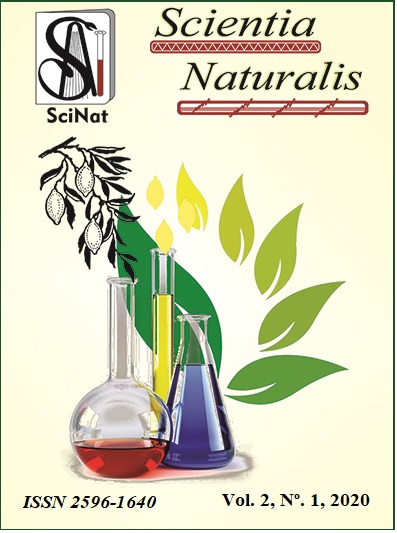Manejo de variedades locais de Dioscorea spp. em comunidades tradicionais da Baixada Cuiabana em Mato Grosso, Brasil
Abstract
The yam is an important food source and are distributed worldwide in tropical, subtropical and temperate regions. The objective of this research was to conduct an ethnobotanical study on yam (Dioscorea spp.) varieties grown by farmers from eight municipalities of the Baixada Cuiabana, in Mato Grosso State, in order to verify the species kept by them and their diversity, popular names of the varieties and the crop’s production system, such as: seed tubers management, crop management, soil tillage, planting, cultivation and marketing. We interviewed 48 farmers, taking note of the popular names given to the yam varieties. Three species were found in the studied area: Dioscorea alata, D. trifida and D. bulbifera. The cultivation of yams is done on a "slash and burn" agriculture system. The preparation of the seed tubers varies with each species, whereas 55% are planted after being cut and 45% as whole tubers. The organization of production and destination occur in the communities, where most of it is destined for the families own consumption and the surplus is for sale directly to consumers or via intermediaries.




